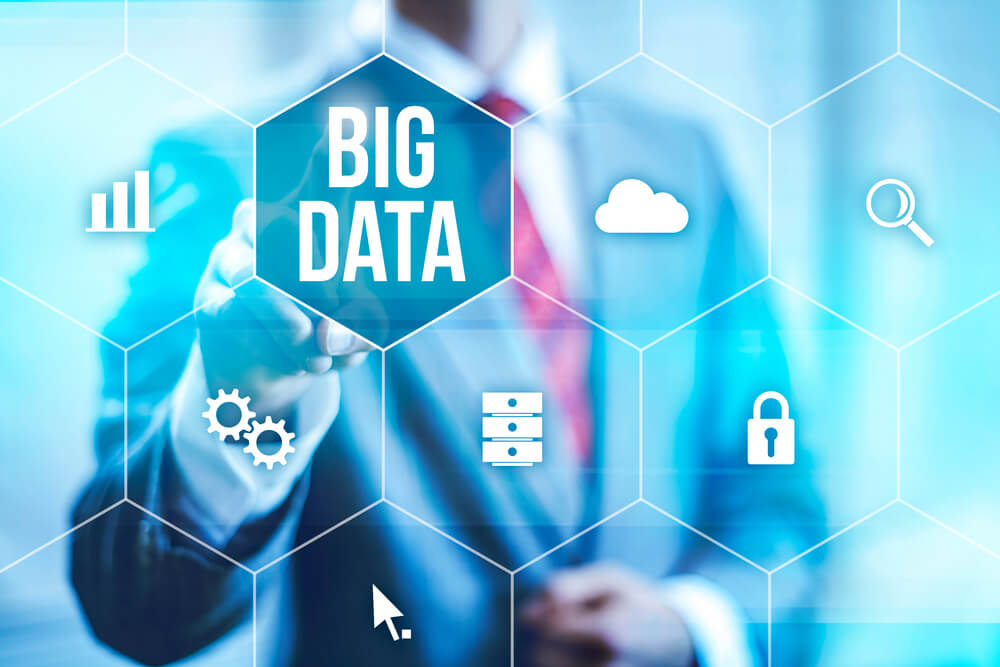For years, I was a vocal critic and naysayer of big data. Inside the bank, we struggled to analyze and maintain our “little” data, while colleagues eagerly ran off to Big Data conferences. I was bemused, to say the least.
Fast forward to today when I even surprised myself by urging our team to build a Big Data workshop that integrated our existing simulation. Say what?
As a risk manager, there does seem to be something deeply wrong with using Facebook data to predict credit risk. However, it would be shortsighted to think this is the main use case for Big Data in retail lending – in fact, it’s probably the least compelling.
What I have learned over many years, is that sourcing the right customers is one of the most powerful risk management tools. If your sourcing is targeted and tailored to the customer – your subsequent risk screen can be fairly standard, traditional stuff that will put a smile on your regulator’s face. Further, as you manage your customers through time, tailoring your treatment based on immediate consumption and usage patterns can be powerful.
So what’s changed that’s made me finally interested in Big Data? Mobile. Consumers typically don’t even realize the rich trail of unstructured data they leave behind every day. Purchases, calls, geographic location, changes to travel and consumption patterns. Never in history have we had such a method of capturing nearly every move and action of a consumer. Even at vast expense, no amount of customer surveys can approach this. My phone knows how many steps I take, my tastes in wine, my travel patterns, etc. But is it just generating a dumping ground of heaps of unstructured data? For many lenders, sadly, this is still the case.
FinTech innovation has provided the APIs, analytic tools, and deployment methods to convert this into actionable insights. Further, the FinTech “mindset” urges us to revisit our business models and products; to think outside the box. In my view, the best use case for Big Data is to leverage it to source the right customers for the right product which mitigates risk, then manage those customers in a smarter, more thoughtful and tailored way. What’s not to love?


